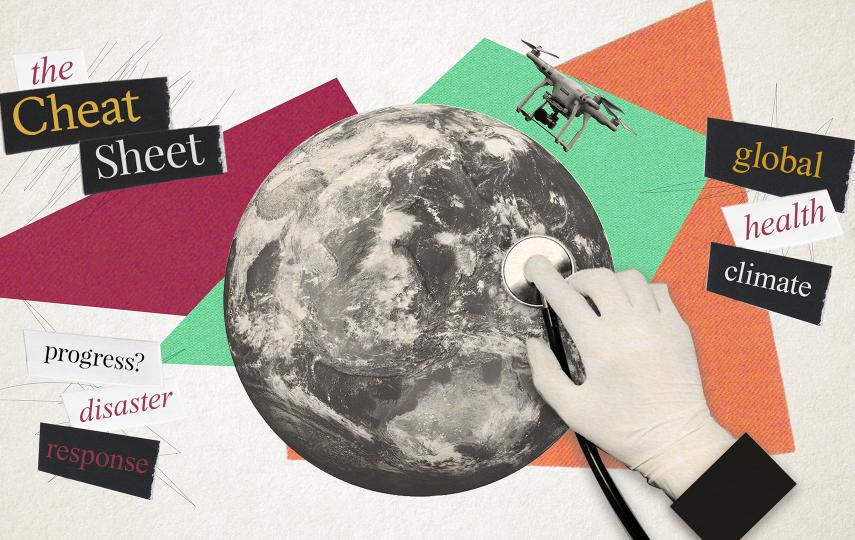Asia's "green revolution" is a dramatic example of how even modest technological advances in developing countries have helped boost incomes and reduce the number of people living in poverty, according to the World Bank's Global Economic Prospects 2008 report, subtitled Technology Diffusion in the Developing World.
The principal technologies involved in the green revolution, which doubled cereal production between 1970 and 1995, were pesticides, irrigation and synthetic nitrogen fertiliser - which had long been available in industrial countries - along with the development of high-yielding varieties of maize, wheat and rice.
"Even though the impact of the green revolution on the poor was initially a source of controversy, by the late 1990s it was clear that poor people had reaped substantial benefits from higher incomes, less expensive food, and increased demand for their labour," said the report.
New technological developments on a large range of fronts, from agriculture to electronics and medicine have helped reduce the number of people living in poverty from 29 percent in 1990 to 18 percent in 2004, but the gap between rich and poor countries is still huge, and the capacity of the developing countries remains weak.
"Technological progress increased 40 to 60 percent faster in developing countries than in rich countries between the early 1990s and early 2000s," said Andrew Burns, Lead Economist and main author of the report. "Nevertheless, developing countries have a long way to go, given that the level of technology they use is only one-quarter of that employed in high-income countries."
Innovations now spread much more quickly between countries: in the early 1900s, new technology took over 50 years to reach most countries; today it takes about 16 years.
Technology covers a broad range of interpretations in the report, from using sawmill waste to produce carbonised briquettes for household cooking, which can increase access by the poor to fuel while reducing deforestation, to rainwater collection systems, which can greatly improve access to clean drinking water and reduce the incidence of diarrhoea, a major cause of infant mortality.
It also notes the impact of newer technologies, like mobile phones, which have allowed some forward-thinking financial institutions in sub-Saharan Africa to extend cheap financial services to the poor, for example, in South Africa; the Equity Bank in Kenya has outfitted a series of vans with laptops and telecommunications facilities to act as mobile banking units, and has also designed flexible savings mechanisms with emergency loan facilities.
Migrants aid tech boom
"Rising trade and investment contacts with high-income countries, often facilitated by migrant groups, have been central to technological progress in developing countries," said Uri Dadush, director of the World Bank Development Prospects Group.
An émigré from Bangladesh working in the financial sector in the United States returned to help create the Grameen Phone network and make mobile phones available to poor people in remote villages, the report noted.
Dadush added, "To continue catching up, countries need to strengthen educational achievement, governance, basic infrastructures, and links to migrant groups." Three-quarters of low-income countries have 15 or fewer personal computers per 1,000 people, and a quarter have fewer than five.
The authors urged governments to strengthen domestic technology dissemination channels as a high priority. These include transport infrastructure and the capacity of applied research and development agencies to orient themselves to local markets through improved outreach, testing and marketing.
Weak basic infrastructure systems also limit the range of technologies that can be employed in many countries. Policies should ensure that critical enabling services such as roads and electricity are widely available, whether delivered by the private or public sector. In sub-Saharan Africa, just 8 percent of the rural population has access to electricity.
Ineffective or uneven access to quality education also restricts ability to exploit technologies, and the World Bank report urged countries to invest in education.
jk/he
This article was produced by IRIN News while it was part of the United Nations Office for the Coordination of Humanitarian Affairs. Please send queries on copyright or liability to the UN. For more information: https://shop.un.org/rights-permissions





